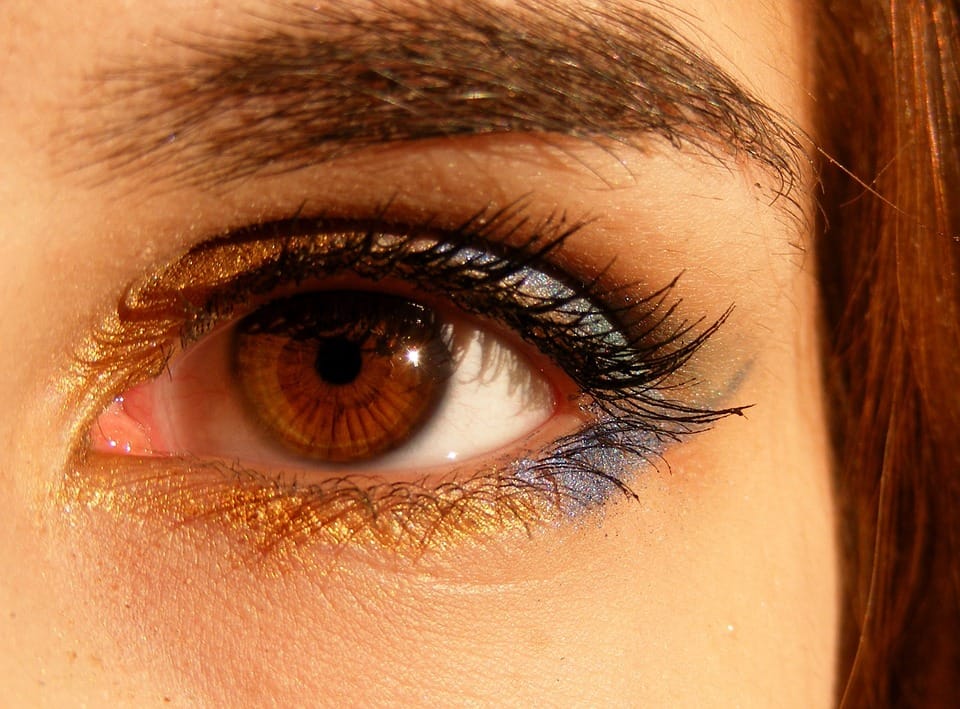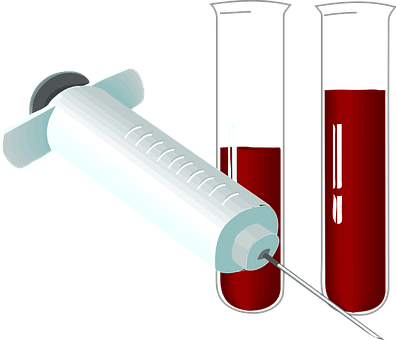All You Need To Know About Retinitis Pigmentosa

All you need to know about retinitis pigmentosa is its definition and origin, symptoms and the cause, and the research being done about the disease. Retinitis pigmentosa is a group of diseases that are inherited which affects part of the eye called retina. These diseases usually affect the photoreceptor cells which detect light. When these cells are attacked by the disease, they break down and die resulting in poor vision in the victim, more comprehensive info on these retinitis pigmentosa images. This usually occurs in the night because the individual is unable to see clearly at night because the cells responsible for capturing images from the visual field are affected.
Information on retinitis pigmentosa
Causes and progress of retinitis pigmentosa
Retinitis pigmentosa is a disease that is inherited. It results from harmful cha nges in any one of more than 50 genes. These genes function in disorder because they carry instructions for making proteins that are required in the photoreceptor. The changes that are in the retina are very severe to the extent that the gene cannot make the required protein, therefore, limiting the cells function. Signs of this disorder appears in childhood as children develop a problem moving in the dark. The progression of retinitis pigmentosa differs from person to person because of their difference in genes. These people also find bright light very uncomfortable. His condition is called photophobia. People can retain their visual disorders up to 50 years while others lose it in early adulthood.
nges in any one of more than 50 genes. These genes function in disorder because they carry instructions for making proteins that are required in the photoreceptor. The changes that are in the retina are very severe to the extent that the gene cannot make the required protein, therefore, limiting the cells function. Signs of this disorder appears in childhood as children develop a problem moving in the dark. The progression of retinitis pigmentosa differs from person to person because of their difference in genes. These people also find bright light very uncomfortable. His condition is called photophobia. People can retain their visual disorders up to 50 years while others lose it in early adulthood.
What are the symptoms of retinitis pigmentosa?
There are symptoms of retinitis pigmentosa that you should know about. One of them is the loss of side vision. This is where an individual is unable to see things which are aside him, so he is likely to knock things as he walks. This symptom is not easily noticed by the person with retinitis pigmentosa.
The victim also experiences a decreased night vision; the rod cells have difficulty in seeing in dim light, including transformation from light to dark and vice versa. This is the symptom that occurs earliest and can be diagnosed at childhood. These symptoms are hard to detect because both eyes are usually affected similarly.
What treatments are available for retinitis pigmentosa?
There is no known cure for retinitis pigmentosa, but physicians have come with aids to help victims to see clearly. There are recommendations that should be put into place to slow down the progression of retinitis pigmentosa. This includes taking food rich in vitamin A though not too much of it. Research is being done to come up with the best way to maximize the remaining vision and a wide range of assistive technology for those people who suffer from this disease.
Gene therapy is also conducted to replace defective genes in the victim so that it can replace by inserting other healthy genes into the retina of the eye. Researchers also aim at a drug which could preserve the function of the rod cells and the cone photoreceptor cells. Retina implantation is also practiced as a form of biomedical technology for retinitis pigmentosa and has been successful in providing artificial vision.



 istration of insulin injections on a daily basis or even several times in a day. Standard treatment involves giving a long acting insulin before sleeping. Other injections can be administered shortly after meals. An ’insulin pump’ is used for administering insulin occasionally. The main objective of insulin treatment is controlling the amount of insulin within the blood stream.
istration of insulin injections on a daily basis or even several times in a day. Standard treatment involves giving a long acting insulin before sleeping. Other injections can be administered shortly after meals. An ’insulin pump’ is used for administering insulin occasionally. The main objective of insulin treatment is controlling the amount of insulin within the blood stream.
